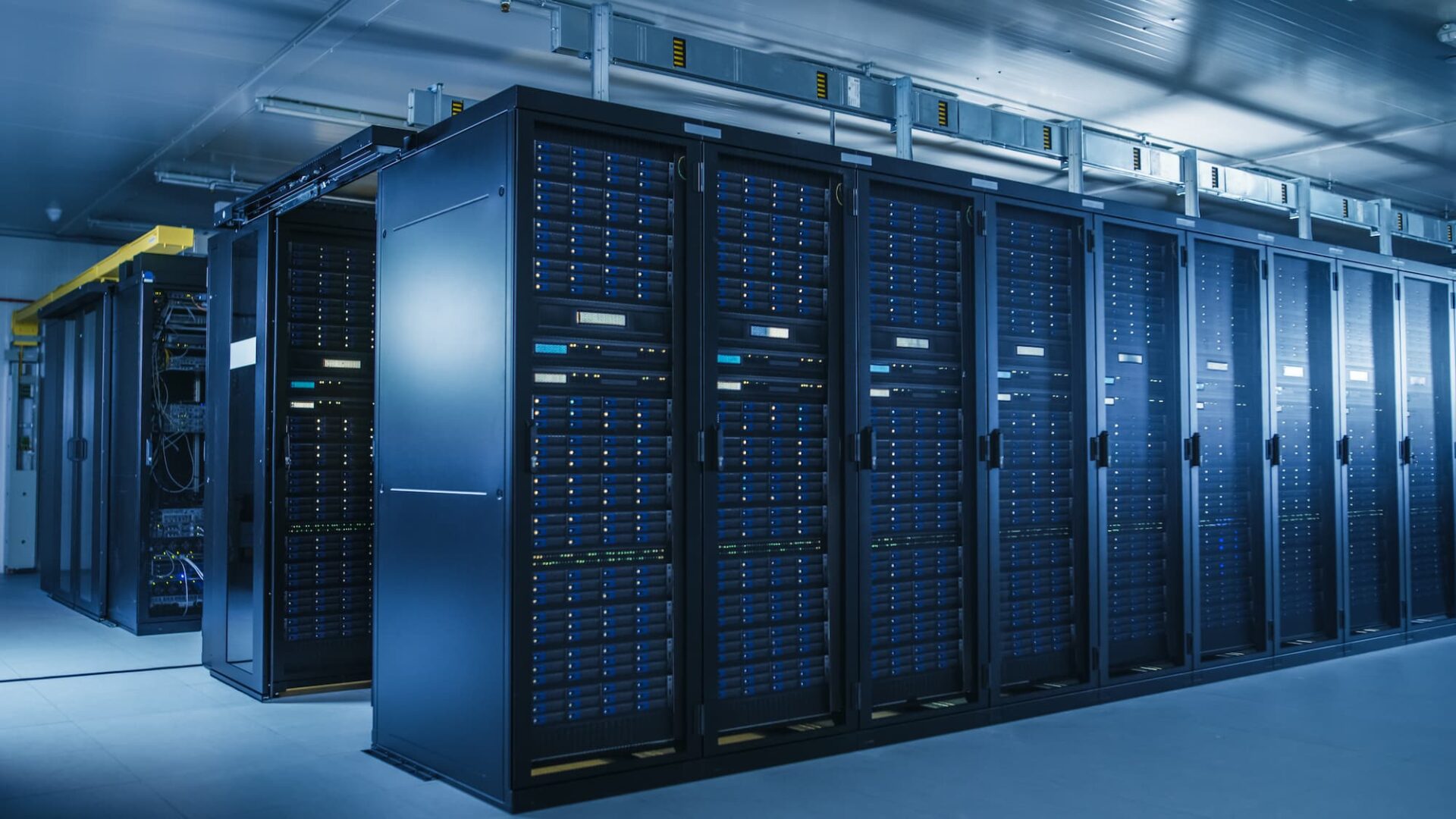In today’s digital world, data centers are the backbone of nearly every organization. They store sensitive information, run essential applications, and support massive networks that keep businesses running. Because of this, security is the single most important aspect of data center design. A data center architecture firm plays a critical role in ensuring that the facility is built to protect data, reduce risks, and maintain uninterrupted operations. Security is not just about locks and surveillance—it’s about structural choices, environmental controls, network planning, and physical resilience.
Why Data Center Security Starts With Architecture
A data center’s security is deeply influenced by its design. Before equipment is installed or systems are configured, architects must create a physical environment that minimizes vulnerabilities.
Physical Protection Begins With Layout
A secure layout includes:
- Controlled entry points
- Zoning between public and restricted areas
- Strategic room placement
- Hardened walls and reinforced structures
The architecture must prevent unauthorized access and limit how far someone can move inside the facility.
Risk Reduction Through Redundant Planning
Data centers must stay online even during power failures, fires, or natural disasters. Architects plan for:
- Redundant power feeds
- Backup generators
- Battery rooms
- Fire-rated containment zones
- Water leak barriers
These features protect critical infrastructure from catastrophic failure.
Environmental Controls Prevent System Damage
Servers generate heat and require precise environmental conditions. Architects incorporate:
- Hot/cold aisle separation
- HVAC zoning
- Advanced ventilation
- Fire suppression that won’t damage hardware
Physical safety is just as important as cybersecurity.
Essential Security Features Designed by Data Center Architects
1. Strong Perimeter Defense
A secure data center starts outside the building. Architects design:
- Fencing
- Vehicle barriers
- Security gates
- Guard stations
- Surveillance coverage
These features deter threats before they reach the facility.
2. Multi-Layer Access Control
Inside the building, architects create multiple layers of restricted access:
- Biometric verification
- Keycard checkpoints
- Mantrapp
- Anti-tailgating systems
- Segregated corridors
The goal is to ensure only authorized individuals reach critical areas.
3. Fire and Hazard Containment
Architectural fire protection prevents both data loss and physical damage:
- Non-water suppression systems
- Fire-rated walls and ceilings
- Isolated equipment rooms
- Zoned shutdown systems
Even a minor smoke event can destroy sensitive hardware, so architectural planning is key.
4. Structural Resilience
A data center must withstand both internal and external stress, including:
- Earthquakes
- Flooding
- Vibration
- Extreme weather
Architects use specialized materials and reinforcement techniques to strengthen the building envelope.
Where Organizations Turn for Secure Data Center Design
In the middle of designing facility layouts, implementing security layers, and planning for disaster resistance, many companies rely on data center architecture firm Stendel + Reich, known for creating safe, resilient, and highly engineered environments that protect mission-critical systems.
How Architecture Integrates With Cybersecurity
Physical and digital security must work together.
Protecting Network Rooms
These rooms house switches, routers, and firewalls. Architects ensure:
- Controlled access
- Shielded cable pathways
- Cooling redundancy
- Structural reinforcement
Minimizing Single Points of Failure
Architects design systems to remain functional even when one component fails. This includes:
- Redundant fiber pathways
- Dual power feeds
- Backup mechanical systems
- Separated equipment rooms
Supporting Cyber Defense Infrastructure
Architectural planning ensures the building can support:
- SIEM systems
- 24/7 monitoring centers
- Secure server cages
- Isolation zones for high-risk equipment
This integration helps protect the entire network ecosystem.
Why Architectural Planning Is Critical for Security
Prevents Breaches Before They Happen
Physical design stops threats long before they reach IT systems.
Supports Long-Term Reliability
Well-planned infrastructure reduces downtime and improves resilience.
Protects Assets and Personnel
Safe, secure environments protect both hardware and people.
Ensures Compliance
Regulated industries—from finance to healthcare—must meet strict standards for data protection.
Reduces Operational Risks
From natural disasters to human error, strong architecture minimizes vulnerabilities.
Conclusion: Security Begins With the Right Architecture
A data center’s safety depends as much on its architectural design as on its cybersecurity tools. A specialized architecture firm ensures the facility is built to withstand threats, protect data, and deliver reliable performance every hour of the day. With layered security, structural durability, advanced environmental systems, and long-term planning, the right architectural partner creates a facility that keeps your critical information secure—now and in the future.





